Building a decentralised workforce
Decred has built the technology that allows for a completely permissionless and decentralised workforce.
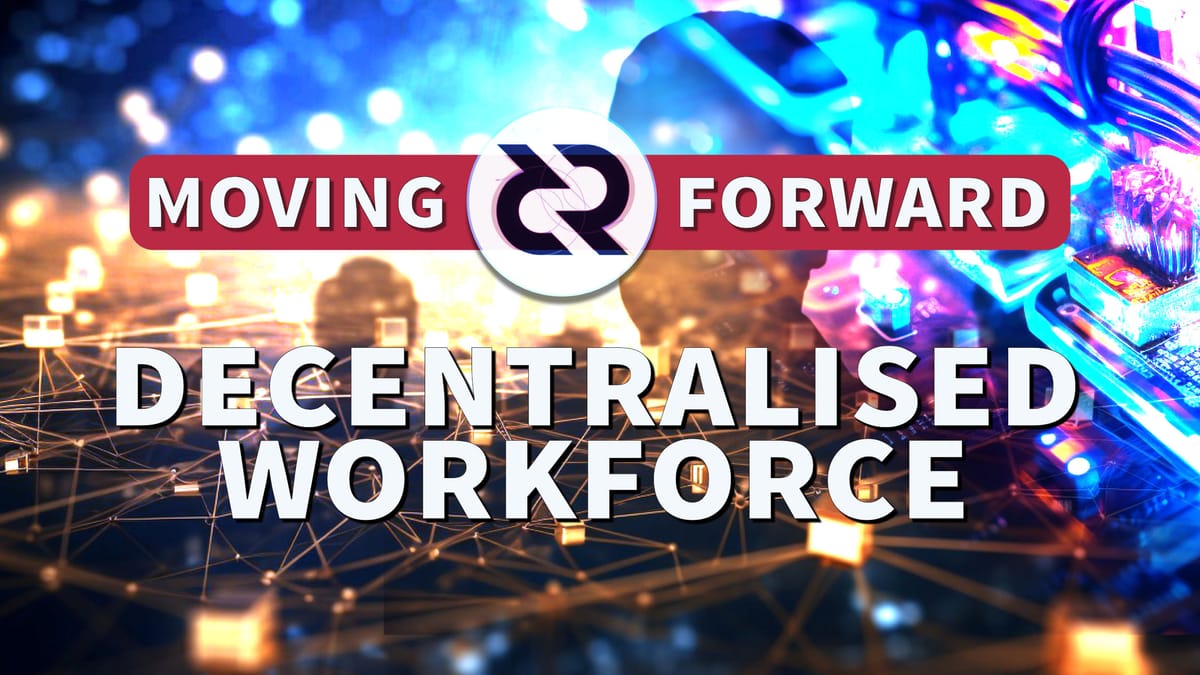
LISTEN TO THE PODCAST:
One of the questions that I’m constantly asking myself is, what’s the point of working in crypto if you are not earning crypto? From my perspective, if a project is paying its contractors in fiat currencies, it shows low confidence in the projects' native coin or token. “If it works, you should want to be paid in it!”

Decred solved this problem from day one. And only pays its contractors in DCR. This is made possible by the tools that have been built to facilitate it. Including Politeia which is the Decred proposal system, Decred’s Contractor Management System (CMS) and Decred’s decentralised treasury.
All of these elements are systemised to form a layer 1 Decentralised Autonomous Organisation (DAO). Although some elements of the system require manual input, like invoice review and on-boarding contractors to CMS. Most elements are already fully decentralised, including proposal voting and treasury spending.
How it works
As discussed previously, contractors can work for a proposal, several proposals or create their own proposal using the Politeia platform.
Contractors need to be added to CMS so they can produce monthly invoices. This can be done through the proposal owner. If you are the proposal owner, at the time of writing, you need to request initial access in the support channel on chat.decred.org.
Once added to CMS, you’ll have to submit an invoice each month for the work completed. This work will continue until the proposal expires. A typically, proposal ranges from 3 months, 6 months to 1 year.
On the first day of each month, a new invoice period is released. Contractors are advised to submit their invoices in the first 7-days of the month. Once submitted, these invoices will be reviewed by the proposal owner and project reviewers. At this point, if an invoice is perceived as incorrect, a correction will be asked for. If an invoice continues to be perceived as incorrect, it will be rejected.
The review period is a precursor to the final stakeholder vote, which makes sure there are no issues with contractor invoices before they get added to a TSpend.
Filling in an invoice
To complete your invoice, there are a few elements that need to be included:
- Invoice Date — New invoice periods are published on the first day of each month, e.g. November’s invoice range will be published on the 1st of December
- Payment Address — each invoice requires a new receive address. The same address can’t be used twice. It’s also important to note that numerous wallets, (including Binance, Trust, and the Exodus wallet etc…) don’t always recognise the TSpend transaction. For this reason, it’s recommended that contractors use a Decred specific wallet like Decrediton.
- Contractor rate — this is typically $30 per hour for new contractors
A new line item is needed for each piece of work conducted. It’s also possible to submit line items for different proposals in the same invoice.
- New line item — one line item should be entered for each individual piece of work completed.
- Type of work — Labor, Expense etc…
- Domain — Marketing, Developer, Designer, Research
- Subdomain — The kind of work completed e.g. Videos, Articles, development
- Description — This should include a brief description of work completed and a link to that work
- Proposal — Which proposal the line item belongs to
- Number of hours spent on that line item
Contractor exchange rate
As said previously, Decred contractors are paid in DCR. To determine this rate, Decred uses the average US dollar exchange rate for DCR from the last 30-days.
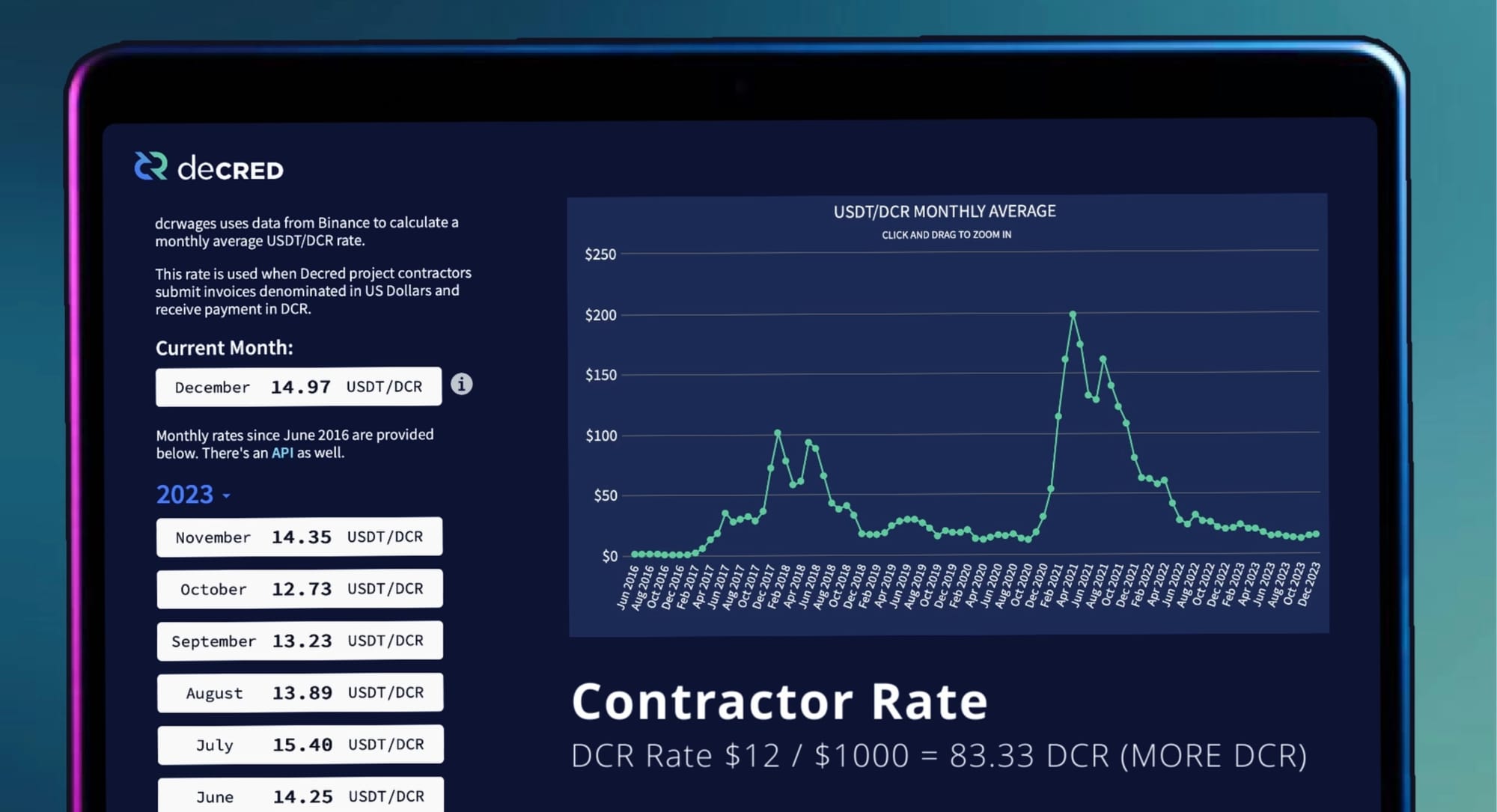
This creates a fascinating dynamic which isn’t to everyone’s like, but it can offer some interesting benefits if your Decred horizon is long enough. For instance, if the 30-day average price of Decred is $12, and your invoice bills $1000, the amount of decred you earn is 83.33 DCR. During times of uncertainty and price devaluation, a contractor will yield a higher DCR amount for their dollar earnings. All the time the price of DCR is going down, you will continue to lose dollar value but increase your DCR value.
- Calculation: DCR Rate $12 / $1000 = 83.33 DCR (MORE DCR)
This is the opposite in times of certainty when DCR price is gradually rising. For instance, you still earn $1000 per month but now the 30-day average for dcr is $60. Which means you earn 16.66 dcr. During these times, your DCR value goes down, but your dollar value goes up.
- Calculation: DCR Rate $60 / $1000 = 16.66 DCR (LESS DCR)
There are a few strategies for dealing with the rise and fall of the dcr contractor exchange rate. But I’ll leave that for another time.
TSPEND
Finally, the TSpend. Once all the invoices have been submitted and the reviews are complete, the TSpend is ready to be published.
The TSpend is a unique transaction that allows money to be spent from the Decred Treasury.
For reference, Decred’s treasury is awarded 10% of the block reward from each block. The amount has been accumulating and is now over 870,000 dcr. Remember also, that Decred has a max supply of 21 million coins. Which makes this amount even more impressive and increases the longevity of the project. At Decred’s current low price of $15, the treasury is worth over $13 million dollars.
When the TSpend is ready, it gets published on-chain for a stakeholder vote. Effectively, there are two keys. The first key is used to publish the transaction, and the second key requires a majority yes vote, from the stakeholders, for the treasury spend to be processed. If the stakeholder vote doesn’t pass, the second key is not activated and the TSpend transaction is rejected, no money from the treasure gets paid out.
If the majority vote is successful. The TSpend is considered valid, and the second key approves the transaction. The invoices and addresses listed in the transaction receive their payments.
Decred workforce
There are a few interesting things at play here, but ultimately Decred has built the technology that allows for a completely permissionless and decentralised workforce.
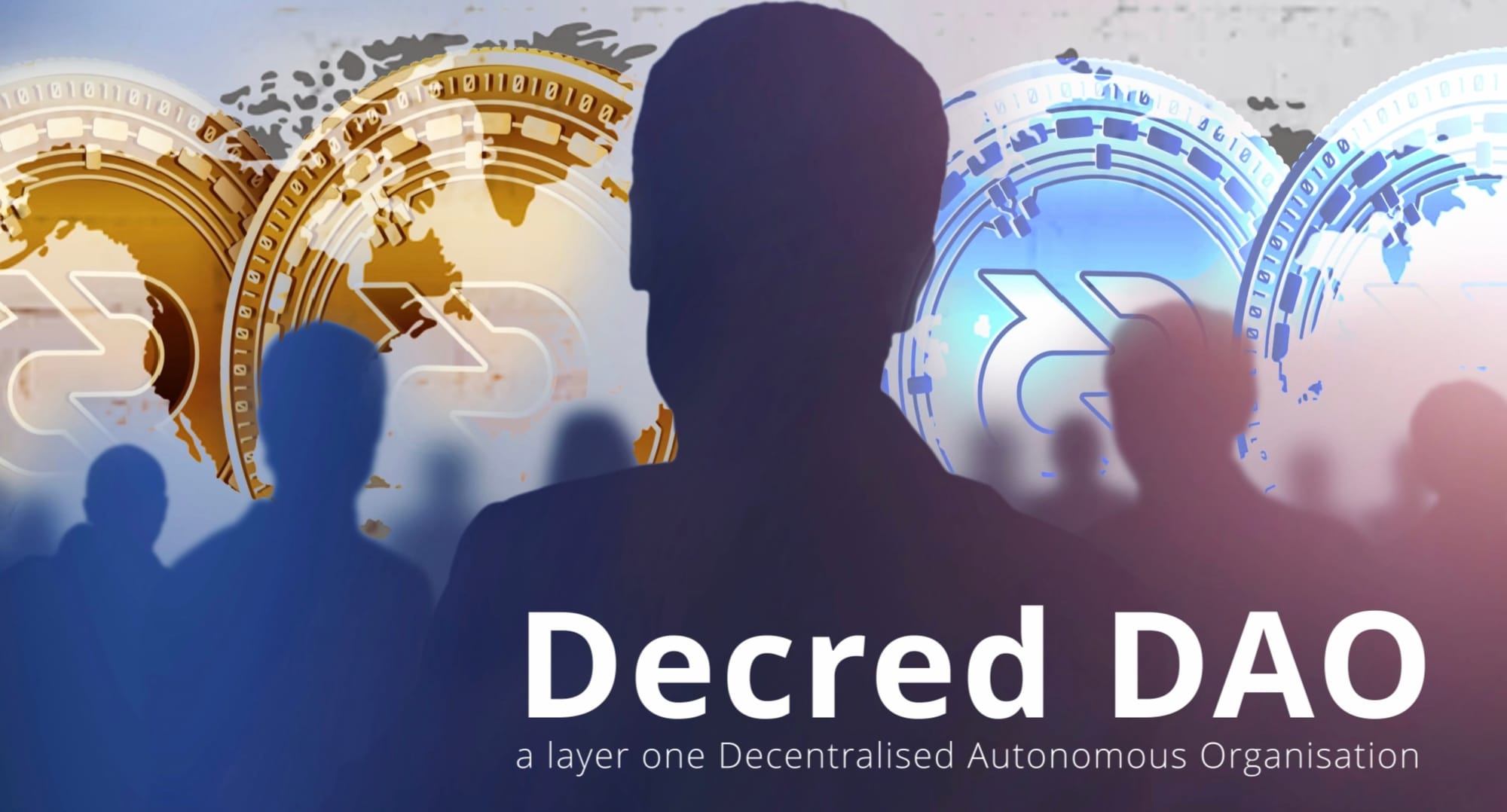
Over the last few years, Decred has made some considerable steps in this area and is tentatively moving towards a fully functioning layer 1 Decentralised Autonomous Organisation (DAO).


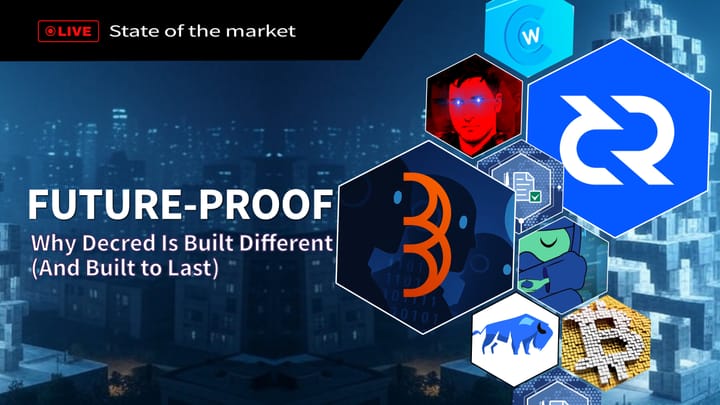
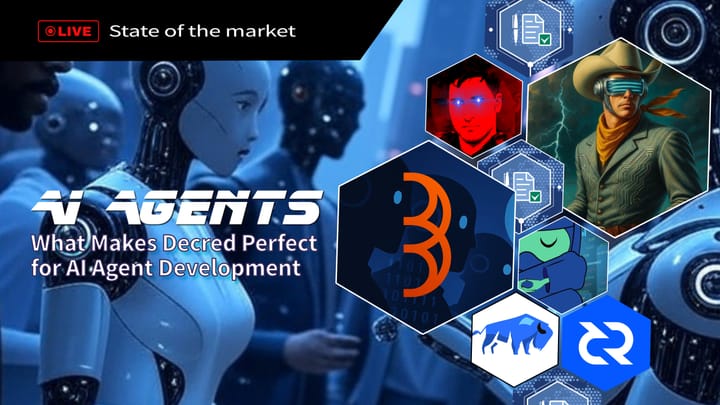
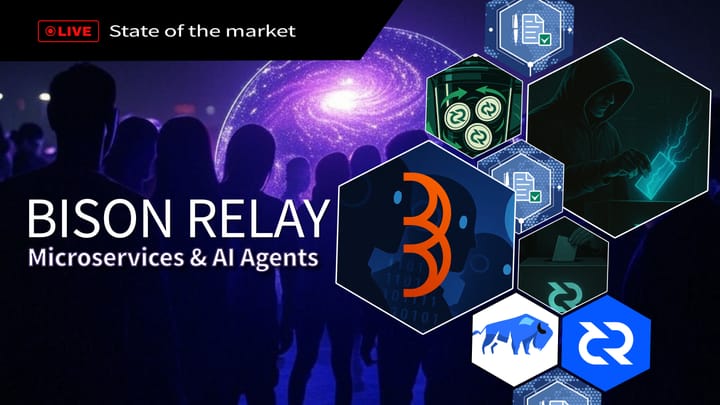
Comments ()